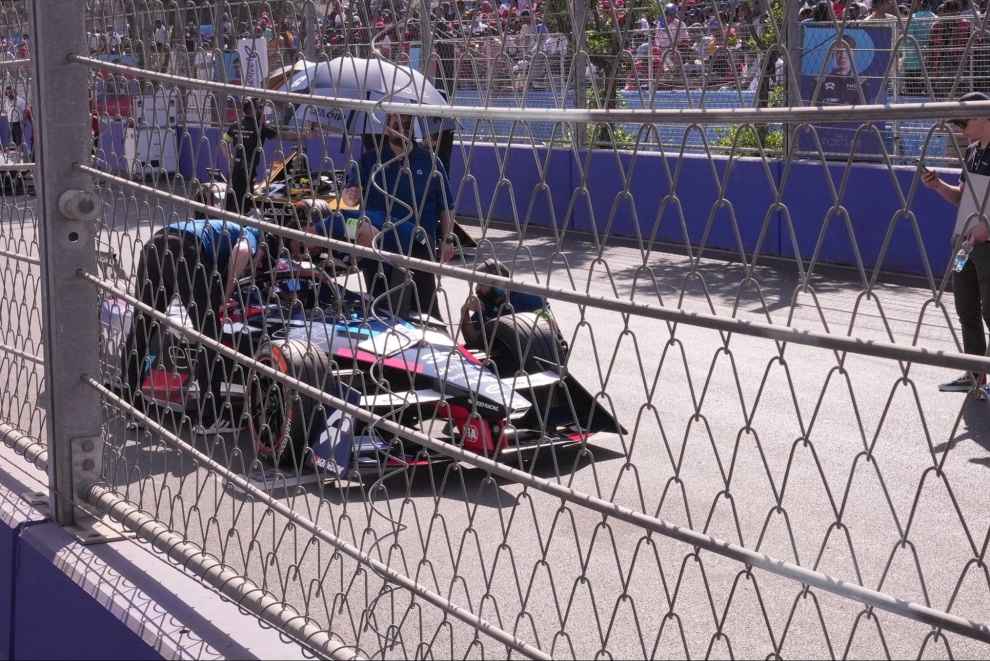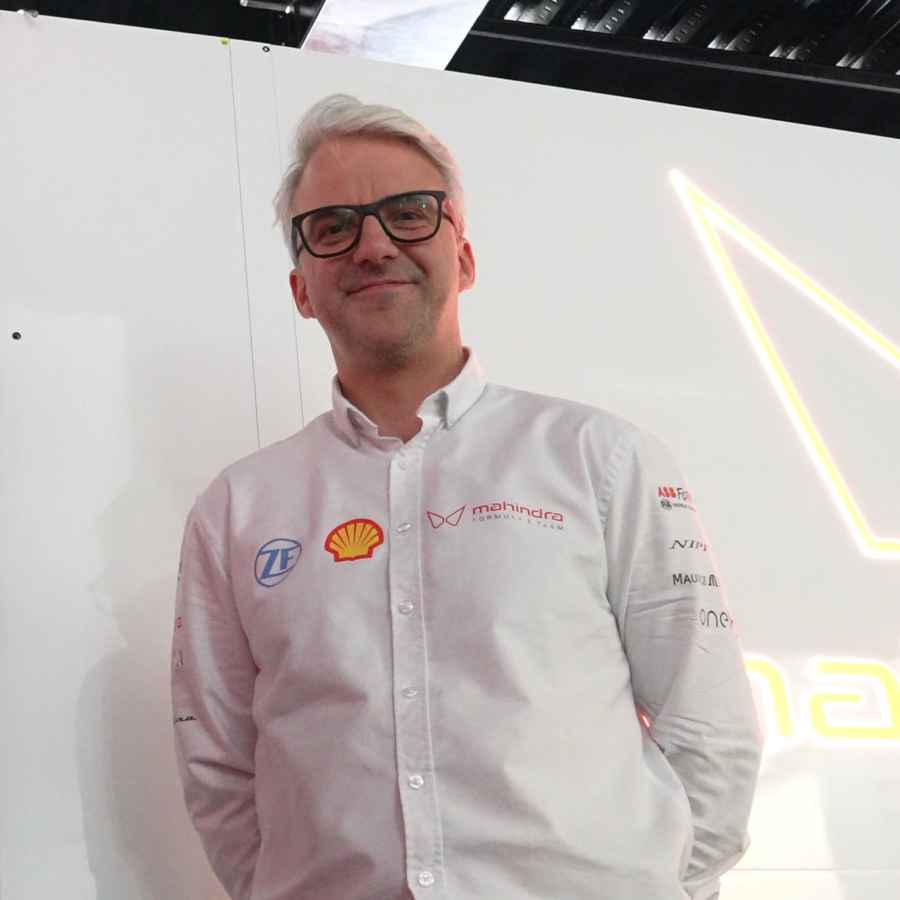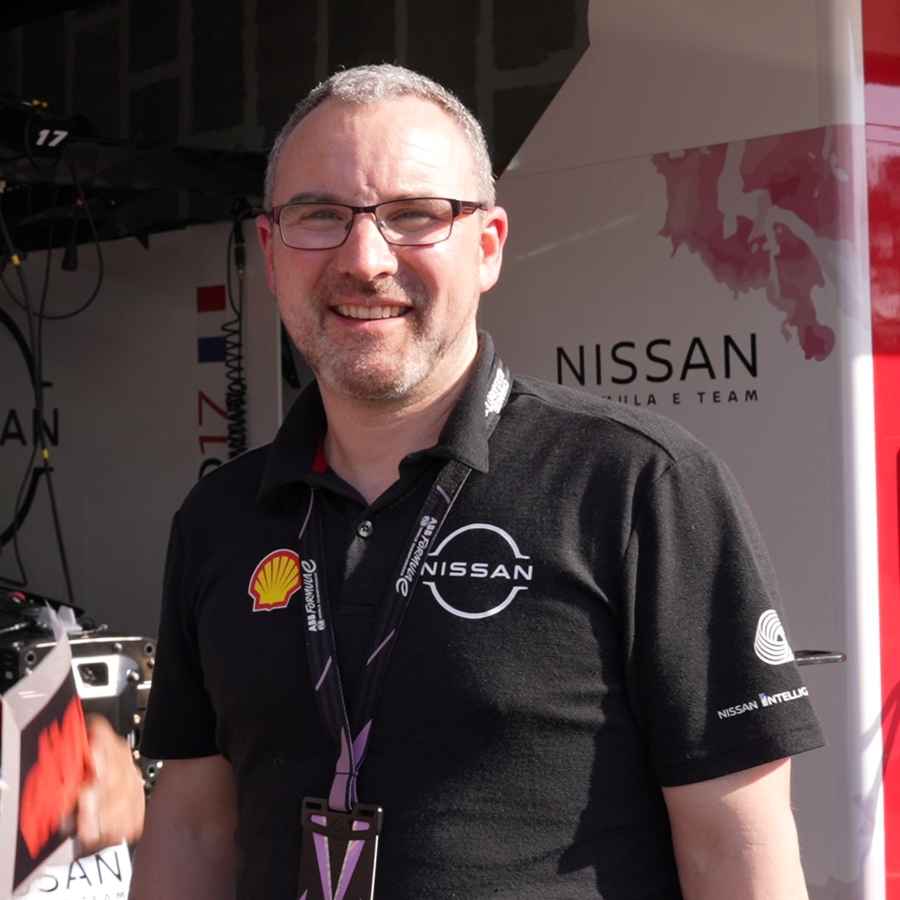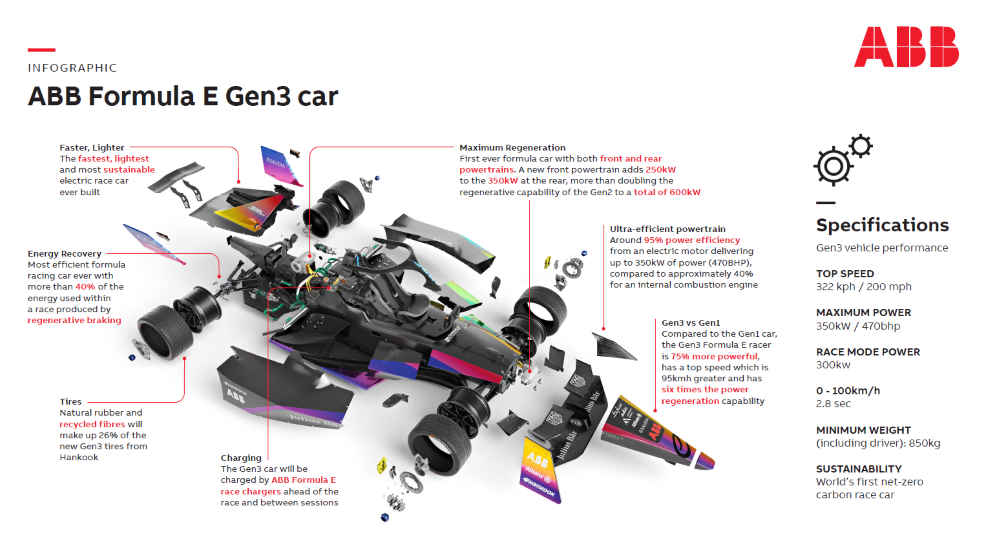India’s EV future prospects from the Formula E race in Hyderabad
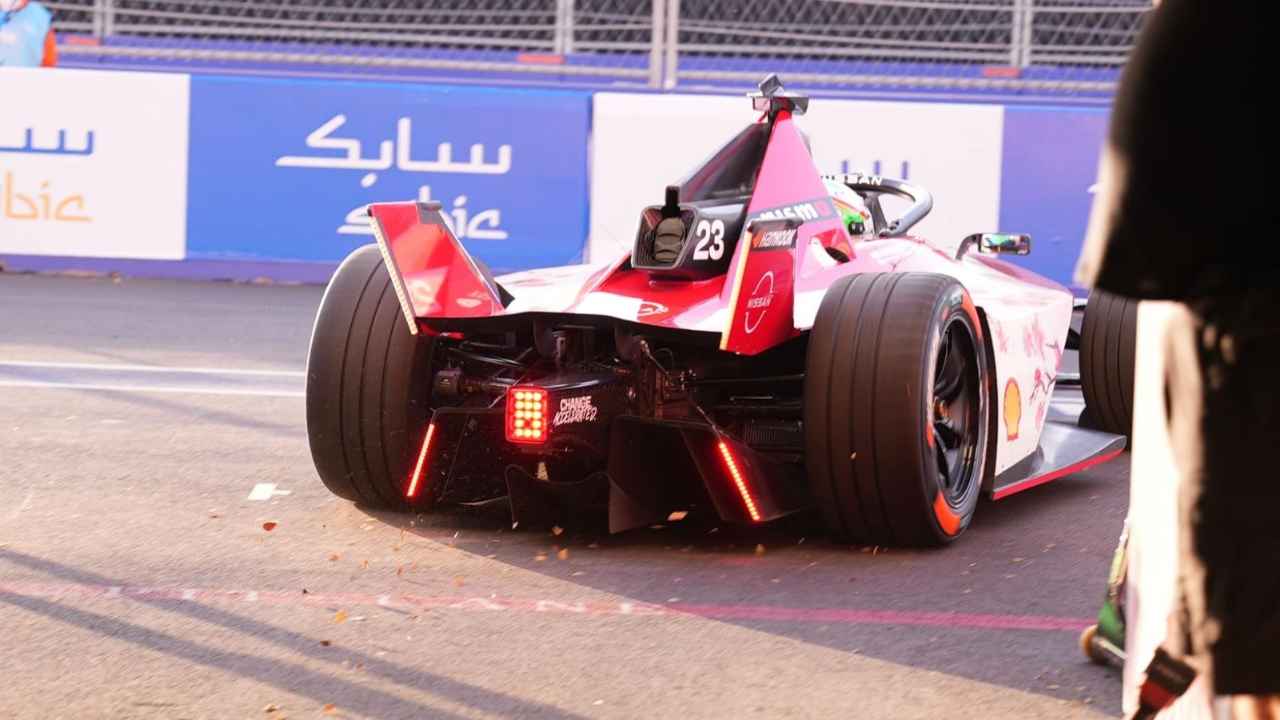
The premier open-wheel all-electric racing championship, the FIA Formula E World Championship, came to India in February. There had been much hype around the race weekend, with over 20,000 people coming down to Hyderabad’s street circuit to attend the race. With all the thrills from the track, we saw a ray of hope shining through.
 Survey
SurveyIt was coming from India’s seemingly bright EV future. And when I landed in Hyderabad, I went around looking for answers as to what will India’s EV future look like. I asked the experts from various teams about the future of EV technology and chatted with the attendees as well, getting their views on the topic of the adoption of electric vehicles in India, where ICE-powered cars have ruled the streets for years now.
Prefacing my coverage of the event, I wrote an article titled – Can India’s Formula-E bid drive a boom in EV adoption? – where I discussed what will India’s future look like, especially after the arrival of Formula E in India. In that article, I had written – “Just like it is the case with MotoGP and other races that make owing a toned down variant of that vehicle ‘cool’, Formula E has made EVs ‘cool’ since its inaugural season. If a bike manufacturer wins a MotoGP rider’s or constructor’s title, their lineup of motorcycles globally gets a boost; in the same way, if a Formula E team wins a driver’s or a constructor’s title, then their sales are very likely to go up. Each win with a newer generation car provides further push to their agenda.”
And this has proven to be true. The atmosphere and the overall positive incline towards electric vehicles at the event proved that the arrival of a premier racing series like Formula E is definitely going to have a positive impact on the adoption of EVs in India.
With manufacturers like Mahindra and TCS Jaguar striking a chord with Indian audiences, the entire atmosphere around the circuit echoed with chants praising the cars and the drivers alike. Other teams and the governing body of this championship, the FIA, did not leave any chance to ensure that the attendees got the full taste of what the world of EVs is like. There were cars launched, like the all-electric hypercar, the Automobili Pininfarina Battista and put up for display and other cars, like the safety vehicle, which is the Porsche Tycan, a hybrid car, were seen doing rounds of the circuit.
The tides have turned
In terms of the development of the cars as well, teams like Nissan told me that they are going forward with a road-to-track approach now. This means that the technology that is being packed in Formula E cars now, especially in their case, is being developed using the expertise they have building road cars. This is completely opposite of what used to be the case or is the case in some classes of racing, including motorcycle racing.
What this means is that the time that technology took to make its way from Formula E cars backwards into road cars will be much less now. This approach, as it is adopted by more and more manufacturers, who are actually in the business of making cars, will make sure that it is the general populous that gets the taste of cutting-edge technology before even the drivers that are driving the ultra-fast race cars are able to get a taste of it.
Well, if my words of optimism and hope were not enough, then next, I have for you excerpts from our conversations with the technical gurus of the Maserati MSG Racing Formula E team, Nissan Formula E team, and Mahindra Racing Formula E team, where they talk about cutting edge technology from Formula E cars making their way into road cars –
“A lot of the software (from Formula E cars), to be perfectly honest, is not far away. The things that we learn from Gen3 cars, we can implement them for efficiency and for safety. There are many different applications of the software (from the Gen3 Formula E cars) that we are using in modern EV cars.”
James Rossiter, Team Principal – Maserati MSG Racing Formula E Team
“The first topic to work with there is mainly around the software. So, the strategies to do with how the energy is used during the races in these cars is particularly relevant and something that will transfer (into the road cars), possibly quicker than you might think, within two-three years possibly.”
Lewis Butler, Technical Director – Mahindra Racing Team
“There are a few key systems on the car – the regeneration system has a number of elements to it, so brake by wire is the most important one. So the driver’s (in a Formula E car) foot, when he presses the brake pedal, is not actually pushing the hydraulics systems on the brake. He presses his foot (on the pedal), and the potentiometer tells the computer the brake force, and then the computer decides whether we have friction braking or regenerative braking, depending on the temperature of the battery or the state of charge of the battery. (This is) because you can’t always regenerate a hundred per cent all of the time. So, the work we’re doing on this regeneration system, that’s the key technology, and that’s the stuff that is going back into the road car program.”
Martyn Smith, Nissan Racing Team
Formula E cars in facts
- Each Formula E race car charger is capable of generating max power of 160kW and charging two 80kW vehicles simultaneously. That is like charging 800 phones with 200W chargers at the same time.
- All this is made possible by the regenerative braking systems that are put in place at the back of these vehicles. When a driver brakes, the energy generated during the braking is cycled back to the battery. That is not it. Depending on the charge of the battery, its temperature, and several other factors, this energy might get used in some other process altogether as well.
- 3rd gen Formula E cars have a power efficiency of 95 per cent, compared to 40 per cent of the regular ICE cars. This means that not only are these cars greener from the get-go, but during their operations as well, these cars outperform the cars that run on fossil fuels as their primary fuel source.
- Formula E cars used to have a max regenerative capability of 350kW, equivalent to 470bHP. However, the addition of a front powertrain has almost doubled the regenerative capacity, adding 250W and pushing the total to 600W.
- To promote sustainable racing and focused and cost-efficient development of cars, the FIA (Fédération Internationale de l’Automobile), allows only two parts of the Formula E cars to be customised by the teams and developed specifically for their cars. These are the front dampeners and the powertrains. The rest of the car is the same across the teams, and a single car is to be mandatorily used by a team for a period of a minimum of four years.
Satvik Pandey
Satvik Pandey, is a self-professed Steve Jobs (not Apple) fanboy, a science & tech writer, and a sports addict. At Digit, he works as a Deputy Features Editor, and manages the daily functioning of the magazine. He also reviews audio-products (speakers, headphones, soundbars, etc.), smartwatches, projectors, and everything else that he can get his hands on. A media and communications graduate, Satvik is also an avid shutterbug, and when he's not working or gaming, he can be found fiddling with any camera he can get his hands on and helping produce videos – which means he spends an awful amount of time in our studio. His game of choice is Counter-Strike, and he's still attempting to turn pro. He can talk your ear off about the game, and we'd strongly advise you to steer clear of the topic unless you too are a CS junkie. View Full Profile
